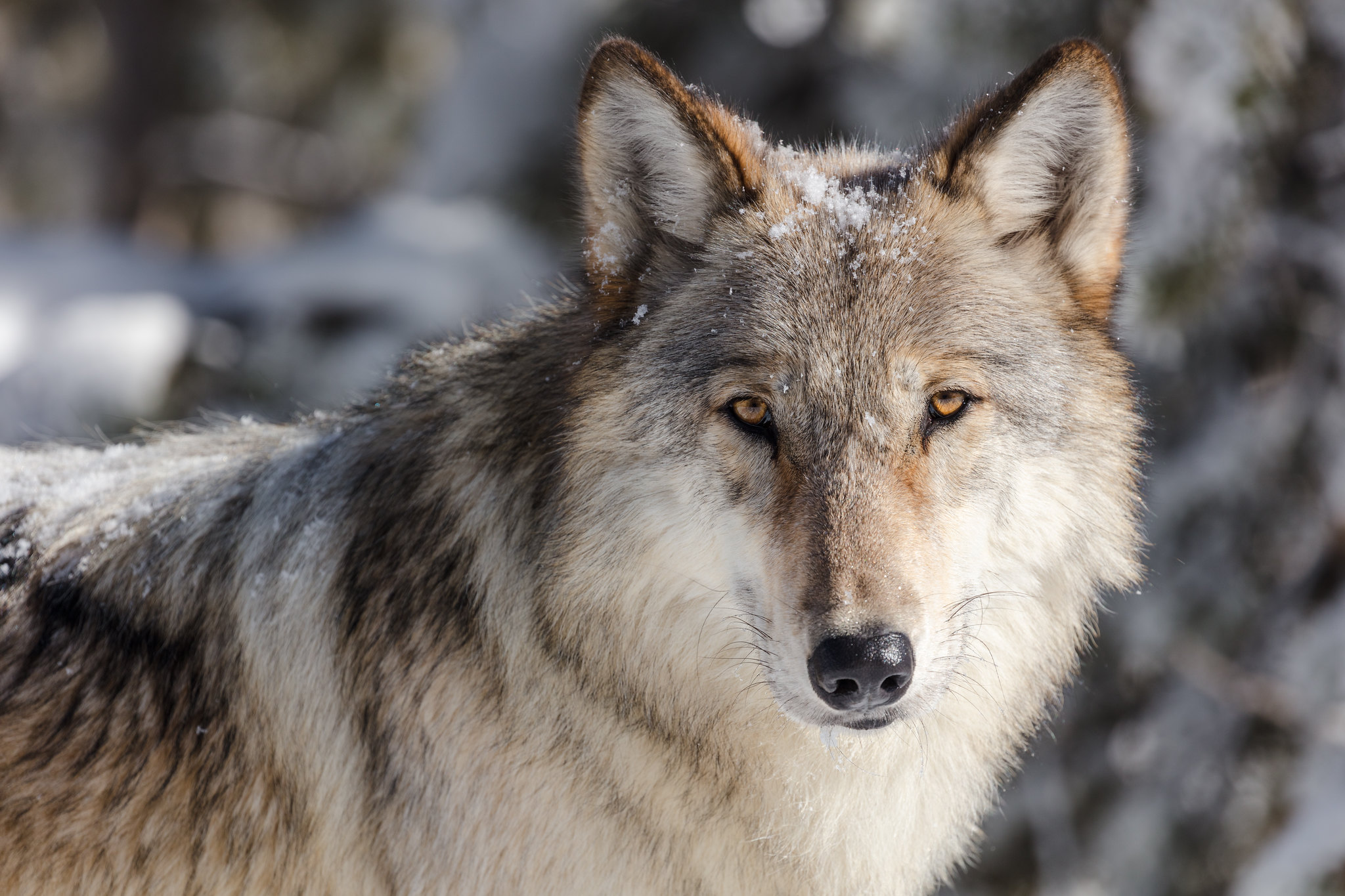
Of wolf and man, and other rewilding success stories
Rewilding initiatives across the world are demonstrating what can be achieved by letting nature take the lead.
Rewilding initiatives across the world are demonstrating what can be achieved by letting nature take the lead.
With the health of the ocean under threat more than ever before, the need for action has never been greater. Marine protected areas must be a key part of that action.
Even those creatures that strike fear into the hearts of us humans are crucial components of complex ecosystems. Preserve those ecosystems and they fulfill important functions – including ones that benefit us.
Ending the ever-worsening scourge of light pollution and enabling future generations to experience the wonder of the night sky isn’t just about reclaiming something beautiful that we’ve lost. It’s vital for protecting biodiversity.
Forcing people to take sides between the environment we cherish and the climate we hope to protect is politically counterproductive. And it's not necessary.
